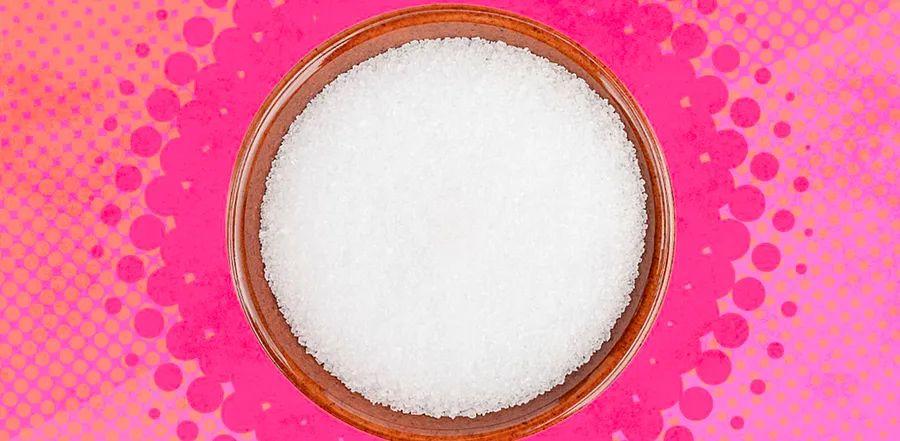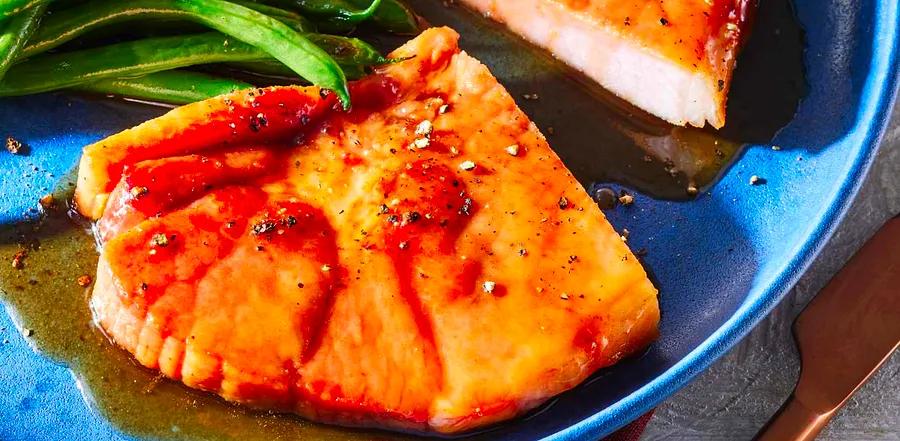What Is XXX Sugar and Why Does It Appear So Often in Your Grandma’s Recipes?

Experienced bakers know there’s a vast array of sugars out there—from cane sugar and brown sugar to coconut sugar, palm sugar, and powdered sugar. Not all sugars are interchangeable, and many go by multiple names. For example, you might come across 'XXX sugar' in your grandma’s vintage recipes, which is simply another name for confectioners’ sugar.
If you're not sure what confectioners' sugar is, don't worry—you already know it by another name. Confectioners’ sugar is just powdered sugar, or icing sugar in the UK and Canada.
Why Is It Called XXX Sugar?
Powdered sugar is finely ground sugar mixed with a little cornstarch to prevent clumping. Its powdery texture is much finer than granulated sugar, and the term 'XXX' refers to the level of fineness, with more X's indicating a finer texture. Powdered sugar can range from XXX to 10X, with higher numbers meaning a finer grind.
How to Use Powdered Sugar
Powdered sugar is favored for creating smooth, velvety icings, glazes, frostings, and fudges due to its fine texture that dissolves almost instantly. It’s also commonly used to dust over cookies, cakes, and donuts for a snowy finish. Despite its superfine texture, many recipes recommend sifting powdered sugar through a fine-mesh sieve or sifter to fluff it up and eliminate any clumps.
Can You Substitute Powdered Sugar for Granulated Sugar?
While powdered sugar originates from table sugar, they aren't interchangeable. Confectioners' sugar absorbs more moisture, making it ideal for frostings and drinks. Granulated sugar, with its larger crystals, creates a chewier, crisper texture in baked goods, whereas baked goods made with powdered sugar turn out softer and more tender.

1

2

3

4

5
Evaluation :
5/5